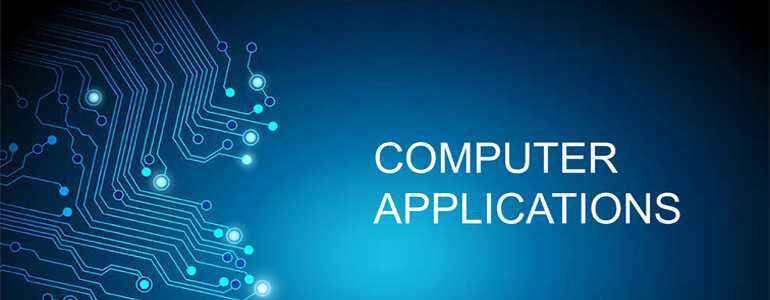Programming is essentially about solving problems through a systematic approach. This chapter introduces computational thinking, including problem decomposition, pattern recognition, abstraction, and algorithm design. Students will learn how to analyze problems, develop solutions using flowcharts and pseudocode, and understand the importance of testing and debugging in the development cycle. These foundational skills apply across all programming languages and computational challenges.
Chapter 3: Principles of Programming and Problem Solving
Problem-Solving Process
Problem-solving in computer programming follows a structured approach:
- Problem Definition: Clearly understand what needs to be solved
- Analysis: Break down the problem into smaller parts
- Design Solution: Develop a strategy to solve the problem
- Implementation: Convert the solution into code
- Testing: Verify the solution works correctly
- Documentation: Record the process and solution
- Maintenance: Update and improve the solution as needed
Algorithms
An algorithm is a step-by-step procedure for solving a problem.
Characteristics of a Good Algorithm:
- Input: Clearly defined inputs
- Output: Clearly defined outputs
- Definiteness: Each step is precisely defined
- Finiteness: Terminates after a finite number of steps
- Effectiveness: Each step is basic enough to be carried out
- Feasibility: Can be executed with available resources
Flowcharts
A flowchart is a graphical representation of an algorithm using standardized symbols:
- Terminal: Oval shape, represents start/end
- Process: Rectangle, represents computation
- Decision: Diamond, represents condition/branching
- Input/Output: Parallelogram, represents data I/O
- Connector: Circle, connects parts of flowchart
- Flow Lines: Arrows showing direction of flow
Pseudocode
Pseudocode is a high-level description of an algorithm that uses the structural conventions of programming languages but is designed for human reading rather than machine reading.
Example:
BEGIN
READ num1, num2
sum = num1 + num2
PRINT "The sum is:", sum
ENDProgramming Paradigms
- Procedural Programming: Focuses on procedures/functions (C, Pascal)
- Object-Oriented Programming: Based on objects and classes (Java, C++)
- Functional Programming: Based on mathematical functions (Haskell, Lisp)
- Logic Programming: Based on formal logic (Prolog)
Problem-Solving Techniques
- Top-Down Approach: Breaking a complex problem into simpler sub-problems
- Bottom-Up Approach: Starting with basic components and building up
- Divide and Conquer: Breaking problem into non-overlapping subproblems
- Greedy Method: Making locally optimal choices at each stage
- Dynamic Programming: Breaking down into overlapping subproblems
Debugging Techniques
- Print Debugging: Adding output statements to track program flow
- Step-by-Step Execution: Running one line at a time
- Breakpoints: Pausing execution at specific points
- Watch Variables: Monitoring values during execution
Program Efficiency
- Time Complexity: How runtime increases with input size
- Space Complexity: How memory usage increases with input size
- Big O Notation: Mathematical notation to describe complexity
Mastering these problem-solving principles forms the foundation for effective programming regardless of the language used, enabling developers to approach complex problems methodically and efficiently.
Complete Chapter-wise Hsslive Plus One Computer Application Notes
Our HSSLive Plus One Computer Application Notes cover all chapters with key focus areas to help you organize your study effectively:
- Chapter 1 Fundamentals of Computer
- Chapter 2 Components of the Computer System
- Chapter 3 Principles of Programming and Problem Solving
- Chapter 4 Getting Started with C++
- Chapter 5 Data Types and Operators
- Chapter 6 Introduction to Programming
- Chapter 7 Control Statements
- Chapter 8 Computer Networks
- Chapter 9 Internet
- Chapter 10 IT Applications
